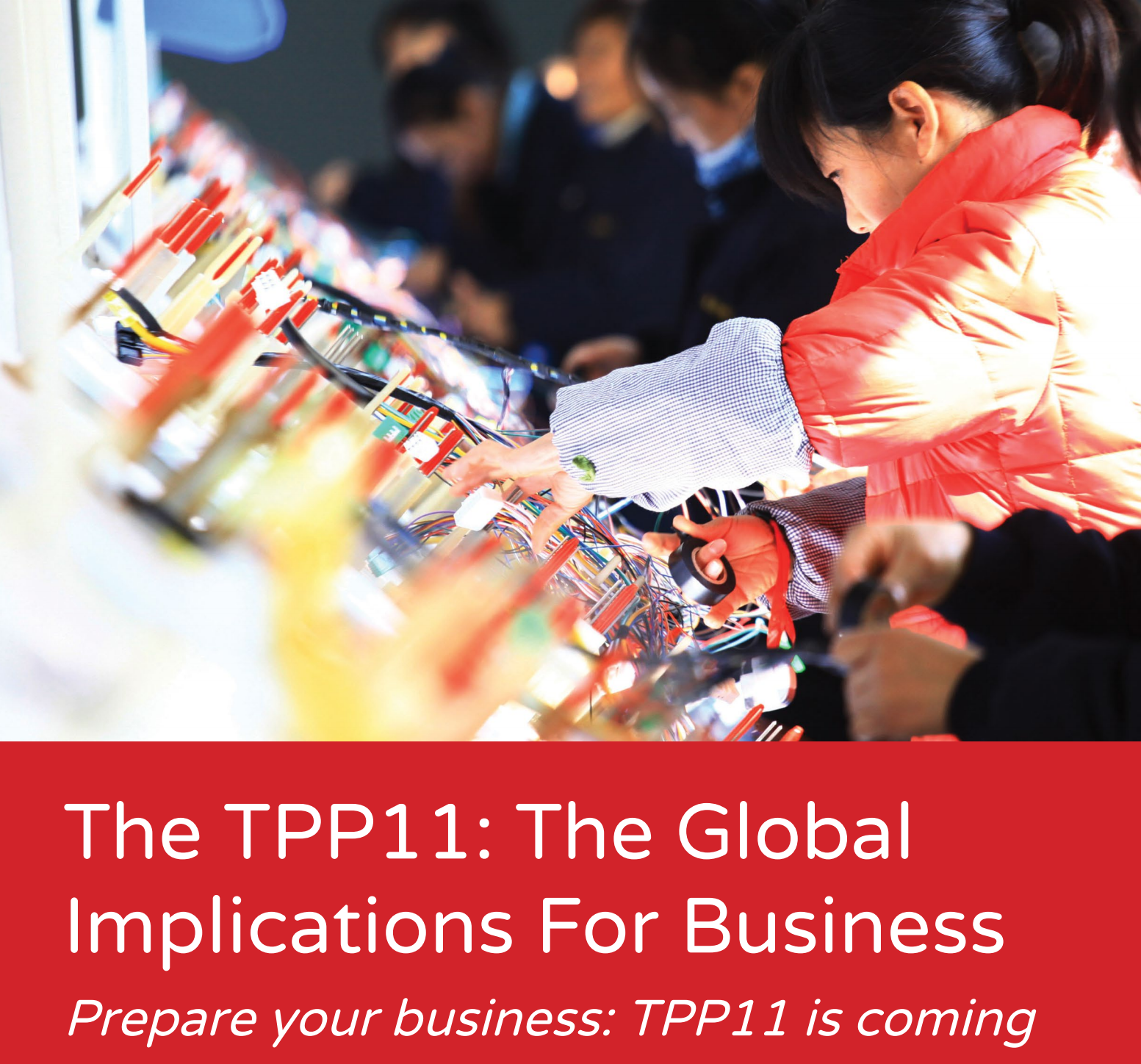But slow stagnation does not automatically mean crisis. The current state of calamity in trade comes from the new approaches taken by the largest players in the system. This is not a post to discuss the diagnosis of the problem. It is, instead, to discuss the difficulties in treating the patient. What has been especially striking over the past few weeks has been the inability of many trade policy experts to conceptualize treatment options that go beyond simple remedies. If, indeed, the patient is on life-support or headed for the ICU, it may be necessary to think of unusual options. Yet different forums that ought to be perfectly positioned to do so seem to be caught. Perhaps they do not want to acknowledge the severity of the illness, do not want to admit that the diagnosis goes beyond conventional treatments, do not want to handle the intervention of others in handling the patient treatment, or do not want to think about more depressing trade news.
RCEP: Still a Work in Progress
This was supposed to be the year that the Regional Comprehensive Economic Partnership (RCEP) trade negotiations finally wrapped up. Once again, it will not happen. The 16 parties involved (Australia, Brunei, Cambodia, China, India, Indonesia, Japan, Laos, Malaysia, Myanmar, New Zealand, Philippines, Singapore, South Korea, Thailand, and Vietnam) have been talking since early 2013. After 24 formal rounds, at least 9 ministerials, multiple informal meetings, and annual leader’s meetings, RCEP remains a work in progress. Why is it taking so long to get an agreement? The short answer is two-fold—a lack of sufficient political will and serious technical challenges in bridging the gaps between widely different member states. The lack of political will seems surprising to many outsiders. After all, at a time of rising global trade tensions, surely this is the best time to lock down an agreement in Asia to keep trade lanes open for mostly export-dependent trading states?
The CPTPP Enters Into Force on December 30, 2018
After a long and arduous path, the Comprehensive and Progressive Trans-Pacific Partnership (CPTPP) trade agreement is ready to enter into force on December 30, 2018! Six member states have completed ratification procedures to allow the entire agreement to begin before the end of this year: Australia, Canada, Japan, Mexico, New Zealand and Singapore. This means that for these six members, every provision in the CPTPP will enter into force on December 30. Every tariff line will be reduced or eliminated, every service and investment sector that was pledged will be opened for CPTPP companies, all new rules on intellectual property rights start, all new customs procedures begin, new provisions for competition and state-owned enterprises kick in, labor and environment rules come into force, and so forth.
Another One-Sided Move on Last Mile Delivery
The United States, of course, is not Australia and has a customer base that is hard to ignore. Marketplaces will likely continue to deliver, despite higher costs, but will pass along these higher postal rates to customers who will pay more. In the meantime, firms will search for alternative markets outside the US to continue to grow their businesses. Governments outside the United States may follow suit and withdraw from the UPU as well, leaving US exporters, including many of the most vibrant global e-commerce vendors, at risk of failing to reach their own customers in fast-growing overseas markets where last mile delivery is always the most challenging part of e-commerce for firms. Withdrawing the United States from the UPU may seem like a small victory for Trump, but the implications and collateral damage it could cause to American consumers and companies alike may be significantly more than the relatively minor amount Trump claims the US Postal service is currently forgoing.
The Five Lessons of NAFTA Negotiations
The third lesson is that the details matter. Some of the provisions that are currently being ignored by commenters on NAFTA are buried deep in the texts and schedules. These may turn out to be deeply consequential for NAFTA parties. Some may also affect outside parties. As an example, the auto rules of origin require a significant and growing share of autos, trucks, parts, components, steel and aluminum to be made within NAFTA (with more expensive labor inputs as well). For suppliers based outside of NAFTA, this is going to be extremely problematic or even catastrophic. These orders could be cancelled outright and never replaced. Alternatively, NAFTA 2.0 could force a renewed look at offshoring or sourcing entirely for export. Either way, existing supply chains are likely to be under severe stress.
The fourth lesson is that NAFTA contains some problematic provisions that might spread elsewhere.





